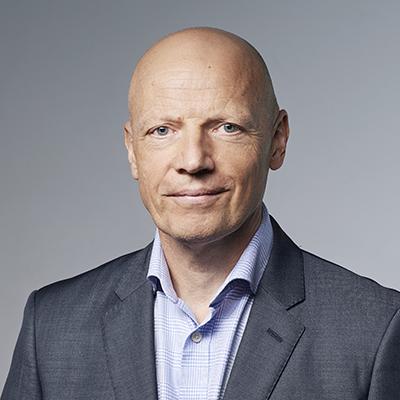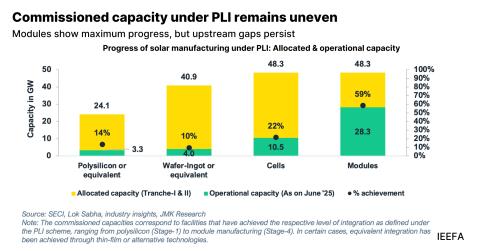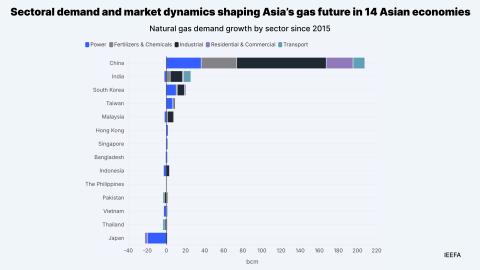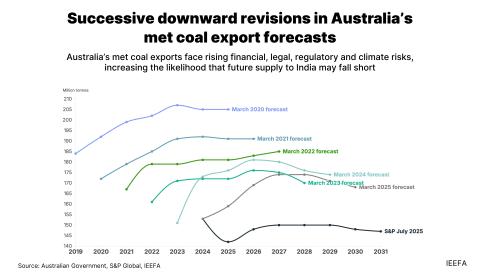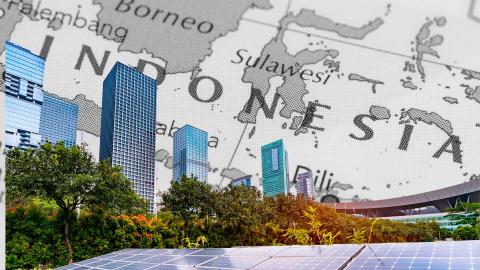Pushing back eastern Australia’s gas shortages

How infrastructure upgrades could buy time
Key Takeaways:
Planned upgrades to infrastructure carrying Queensland gas would cover the annual gas shortages predicted in Australia's southern states till 2032, buying governments time for gas demand reduction measures that would address ongoing shortfalls beyond 2032.
Planned storage developments in the southern states would also help to address the risks of short-lived peak demand day shortages in winter.
Government policy to divert gas exports to the domestic market will provide certainty for infrastructure operators to invest in necessary pipeline and storage capacity, ensuring infrastructure is sufficient.
Gas shortages in the southern states could also be addressed by reducing gas demand through electrification and energy efficiency upgrades, particularly if action is taken quickly.
11 June 2025 (IEEFA Australia): Gas shortages forecast in southern Australia over the coming years could be delayed significantly if existing plans for infrastructure upgrades go ahead, new analysis has revealed.
The Australian Energy Market Operator (AEMO) has warned of looming gas shortages in eastern Australia due to dwindling gas production from legacy gas fields offshore Victoria. Although gas demand in New South Wales (NSW), South Australia and Victoria is falling, these southern states are still expected to face supply shortfalls from 2028 onwards. To meet these shortages, there has been widespread discussion of the need for increased gas production.
However, a new report from the Institute for Energy Economics and Financial Analysis (IEEFA) shows that the shortages would be covered through till 2032 if planned upgrades to eastern Australia’s gas pipeline network are implemented, and if enough gas is made available from Queensland. Moreover, the report shows that in the longer term a range of measures could ensure gas supplies are sufficient from 2033.
“Our research shows that AEMO’s predicted shortages could be deferred simply through existing plans to upgrade the pipelines running between Queensland and the southern states,” says Kevin Morrison, Energy Finance Analyst, Australian Gas at IEEFA. “This would buy time for governments to pursue other infrastructure upgrades and gas demand reduction measures to avoid further shortages through to the 2040s.”
Morrison’s report, entitled Delaying eastern Australia’s gas crunch, evaluates the potential capacity of the gas pipeline network under existing upgrade plans. It then compares that capacity to the projected shortfalls under AEMO’s ‘Step Change’ scenario.
The report also explores a variety of measures that could be implemented to improve supply adequacy without the need for new fossil fuel developments. These include investment in new gas storage facilities, as well as the opening of two new LNG import terminals in Victoria. In addition, residential, commercial and industrial gas demand can be significantly reduced through electrification and energy efficiency measures.
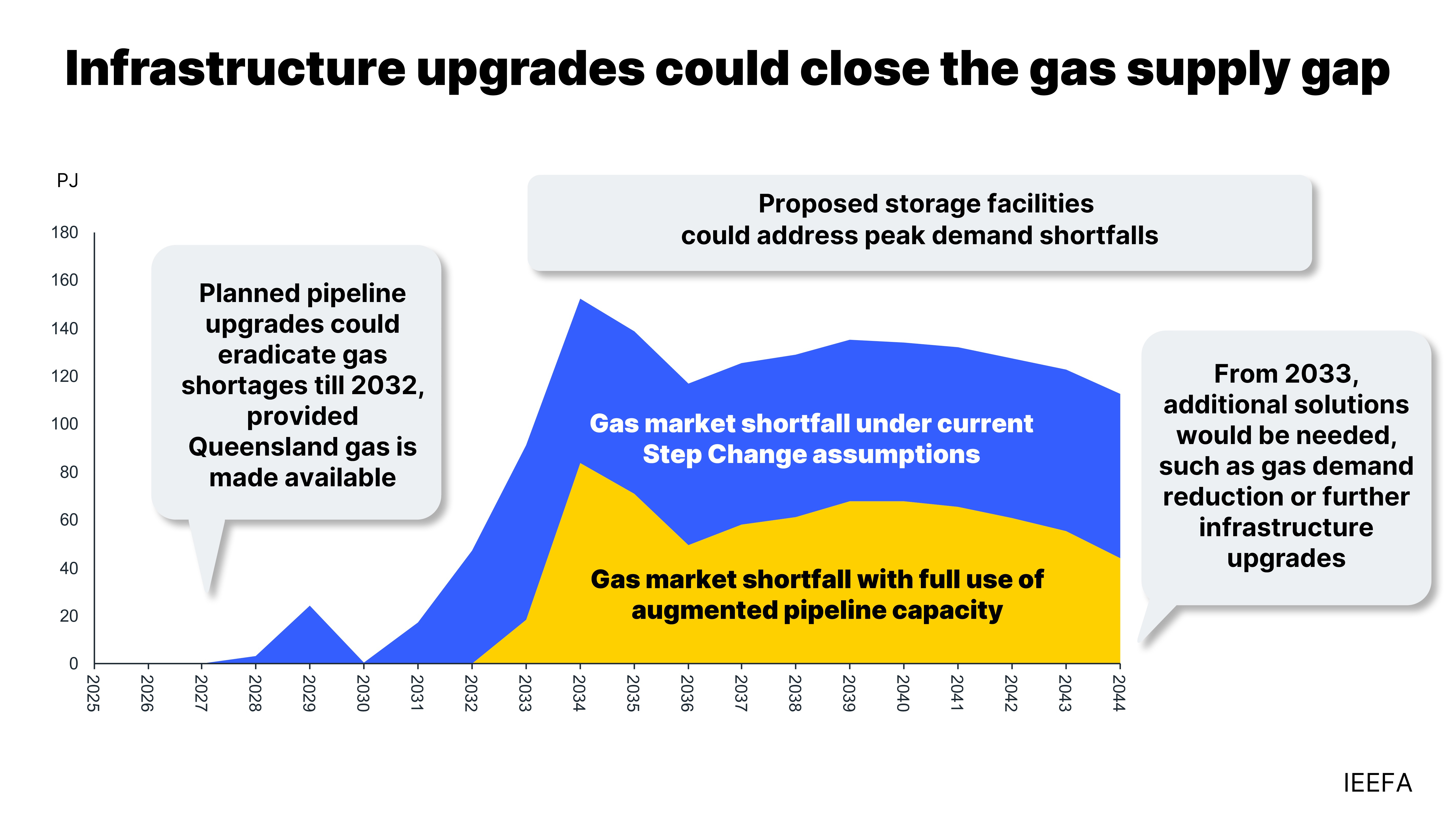
A crucial factor, however, will be the availability of sufficient gas supply for transport from Queensland. LNG exporters currently control 91% of the state’s commercial gas reserves. Morrison argues that government policy to divert gas exports to the domestic market will provide certainty for infrastructure operators to make the necessary investments in pipeline and storage capacity.
“Governments can do a lot to ease any potential issues by acting now,” says Morrison. “Incentivising greater domestic gas supply by Queensland LNG exporters would provide reassurance to investors, increasing the likelihood there will be sufficient infrastructure. With the added time that provides, governments can promote further actions to prevent longer-term shortages, as well as to expedite the energy transition.”
Read the analysis: Delaying eastern Australia’s gas crunch - Upgrading infrastructure, diverting exports, buying time for demand reduction
Media contact: Amy Leiper, ph 0414 643 446, [email protected]
Author contacts: Kevin Morrison, [email protected]
About IEEFA: The Institute for Energy Economics and Financial Analysis (IEEFA) examines issues related to energy markets, trends, and policies. The Institute’s mission is to accelerate the transition to a diverse, sustainable and profitable energy economy. (ieefa.org)

